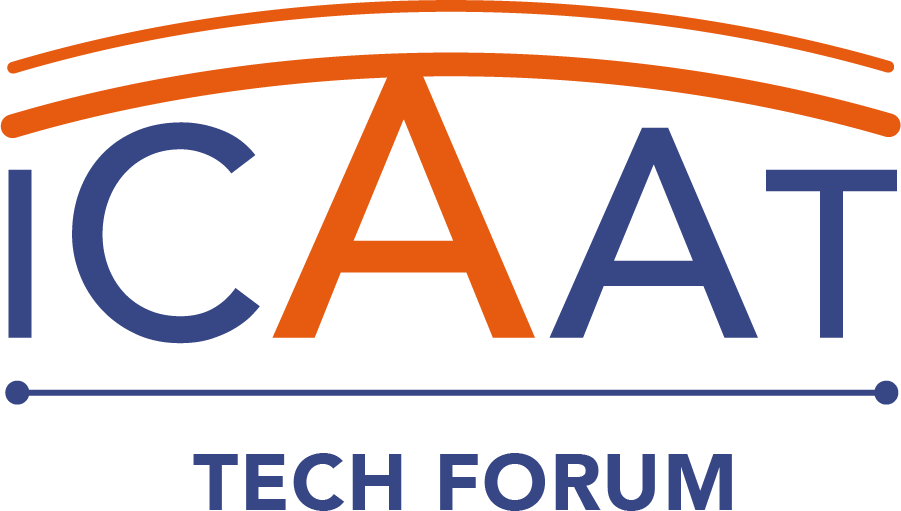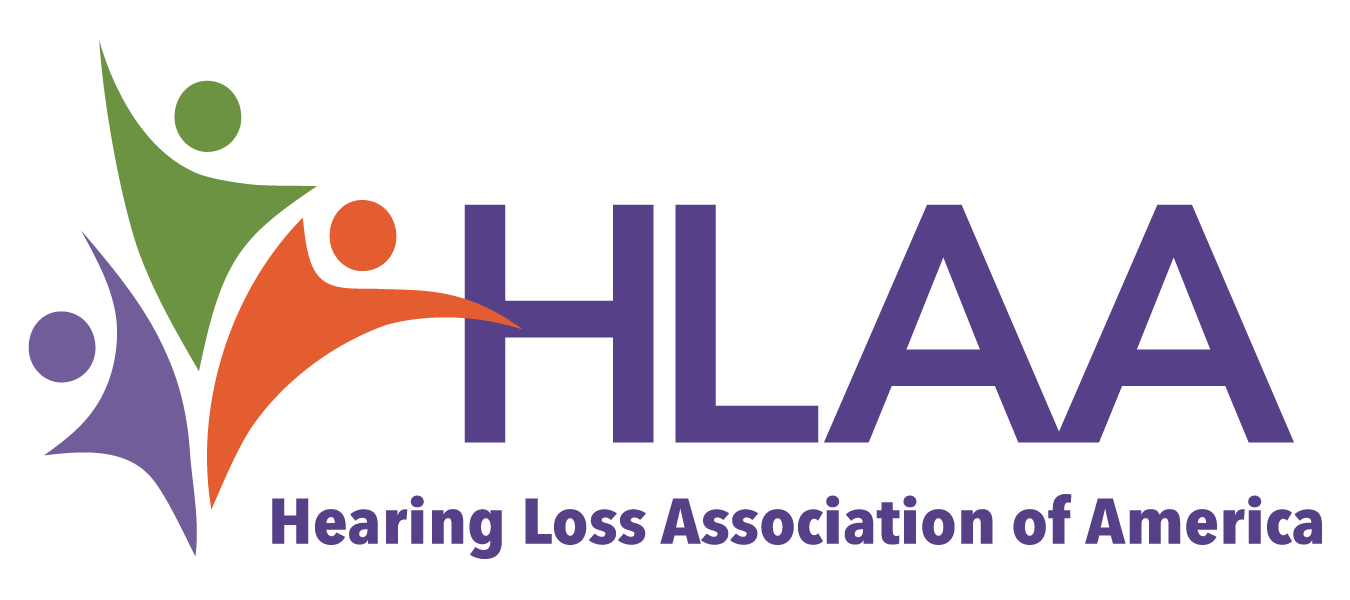Posted:
A new article from the Audiology and Hearing Aid Center examines how hearing technology in 2025 has become smarter, more adaptable, and more user-friendly. Manufacturers are prioritizing AI-driven processors that analyze listening environments in real time, allowing hearing aids to automatically adjust to background noise, speech, and changing surroundings without manual input. This adaptive processing seeks to improve speech understanding and reduce listening fatigue across a wider range of everyday situations.
The article also highlights the rise of Bluetooth Low Energy (LE) Audio, which supports high-quality, low-latency streaming while using less power. Modern designs are becoming sleeker and more durable, with improved resistance to water and dust, longer battery life, and quicker charging. Another major development in 2025 is the expansion of remote fitting and tele-audiology services, making professional adjustments possible from home. These innovations signal a more inclusive and accessible future for hearing technology.
Read the full article here.





